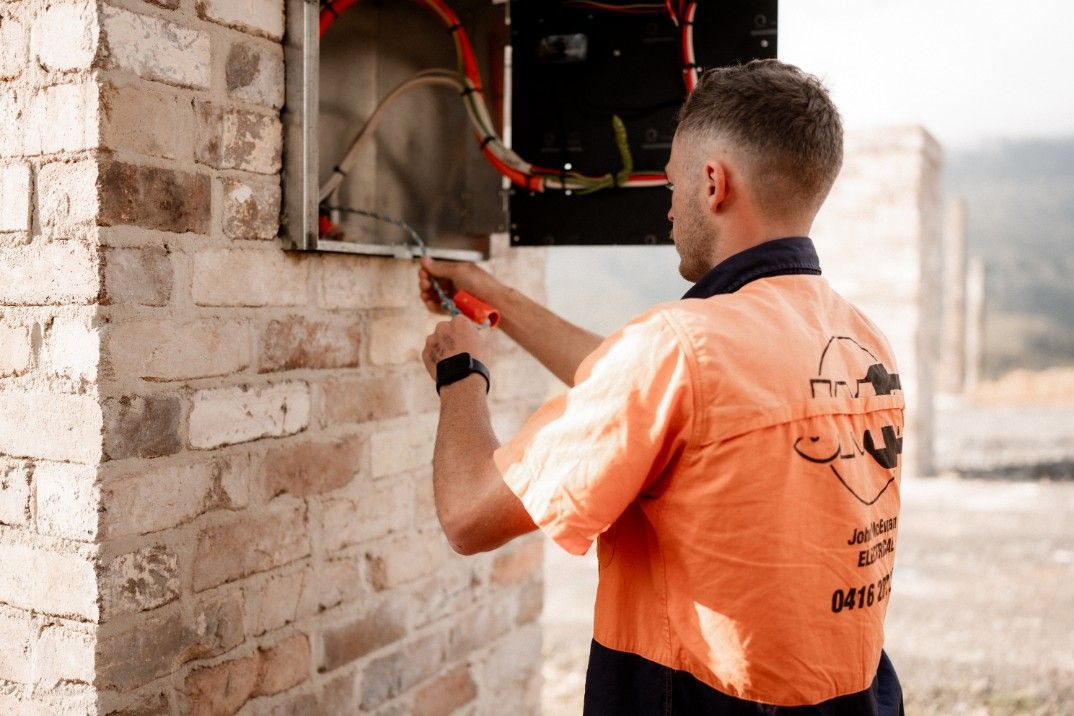Wire Colour Codes Australia
Whether you are moving into a new property or you need to do some DIY involving your home electrics, you need to know your wire colour codes. If this is your first time dealing with electrics or wiring, it’s critical that you find out exactly what you are dealing with before you go anywhere near live wires.
What are wire colour codes?
It doesn’t matter what kind of property you are dealing with, who designed and built it, or who the individual electrician that did your wiring is; your wires will always be colour coded. The purpose of wiring colour codes is to enable an electrician or anyone else who has cause to go near the wiring in a building and immediately tell which wire is just by looking at them.
Current Australian colour code- Single phase
Active (high potential): Brown
Neutral (low potential): Light Blue
Earth: Green/Yellow
Current Australian colour code- Multiphase
Phase 1: Brown
Phase 2: Black
Phase 3: Grey
Neutral: Light Blue
Earth: Green/Yellow
Are the codes the same everywhere?
No. There are also different colour codes for single-phase and multiphase systems. However, since the introduction of the latest wiring colour codes, both fixed electrical cables and mains-powered cables use the same colour code scheme. It is also important to note that these colour codes have changed over time, and will presumably change again in the future. If you are looking at the wiring for an appliance or property that is decades old, you need to consider that the wiring might reflect previous colour codes.
Under previous versions of the colour code, installation wiring and appliance wiring used different colour schemes. This meant that the wires behind power points and walls were coded differently. If you have any doubt about the colour scheme used anywhere in your property, you should consult with a professional electrician.
Exceptions to the rule
As always, there are exceptions to the wire colour codes. Just because a wire is a particular colour, that doesn’t always mean that the colour code applies. For example, many TV aerial cables are coloured brown, which indicates a live wire under the wiring colour codes. However, TV aerials do not carry any voltage and aren’t subject to the same safety considerations as live wires carrying electricity to appliances are. Similarly, you will find plenty of black cables around the average home. Many of these carry electricity from your mains supply to your appliances, but they have the same colour as the neutral wires.
Can I safely carry out electrical work with the colour codes?
Familiarity with the wire colour codes is essential for safely carrying out electrical work, but they are not the only thing you need to tackle electronics repairs. Just because you have the colour codes to refer to doesn’t mean you should rewire your home.
You should always have a professional electrician carry out any serious wiring or electrical work in your home, especially if you live in an older property where the wiring standards are different. By commissioning a professional electrician to conduct a safety assessment of the wiring in your home, you can determine what wiring standard is in place and ensure that everything is wired up properly.







